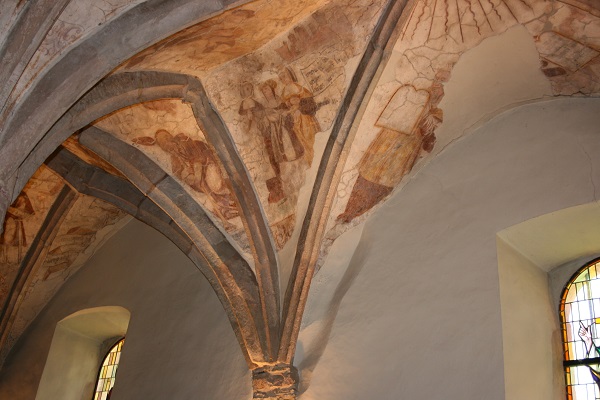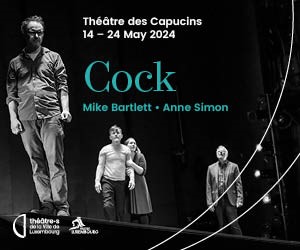 Credit: David Heal
Credit: David Heal
Chronicle.lu has teamed up with local author and tour guide David Heal of Luxembourg Battles for a historical series.
Based on David Heal's extensive research spanning several decades (and documented in the form of place-name index cards), the series aims to present interesting local historical events and facts linked to places in (and around) Luxembourg.
Next up is a look at the history of Rindschleiden, the smallest village in Luxembourg. As David explains, this village lies not far south of the lake, the name coming from "Rinid", a heifer, so it is a place where cattle were raised.
It has one distinguishing feature: the church. It is usually open, so go inside, and find the pristine medieval frescoes which cover every surface. How they have survived is a mixture of a mystery and a miracle, noted David. This was, after all, Battle of the Bugle territory, and yet it was untouched. Equally, all the other wars and invasions left it untouched.
The church has been renovated somewhat; furnishings having been changed. The altar is baroque, for example. Before 1437, when it became a parish in its own right, it was a dependency of Echternach which probably founded the church in very early days.
There is nothing much in the village itself although it is amazing how the farms have been cleaned and restored unlike most others, commented David.
Behind the church is a stream and a very large picnic area. Each Ascension, there is a pilgrimage here from the villages of Arsdorf, Buschrodt, Rambrouch, Wahl, Brattert, Grevels, Heispelt and Kuborn. They visit the springs near the stream which is said to have been founded by Willibrord. But as long as visitors avoid that day, they should have plenty of space to rest and enjoy the countryside.
Chronicle.lu also touched upon points of interest in Rindschleiden as part of last year's "Spotlight on Villages" series: https://chronicle.lu/category/at-home/46523-spotlight-on-villages-in-luxembourg-rindschleiden











